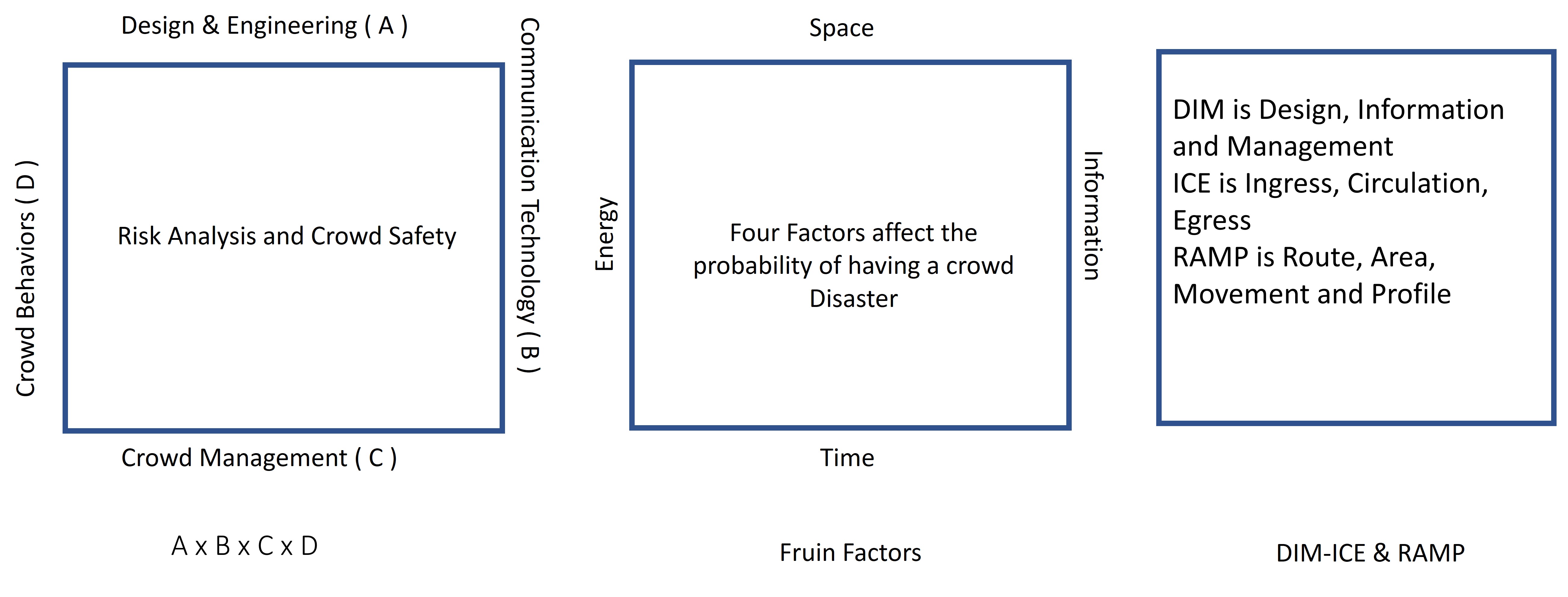What is meant by crowds?
It is a temporary gathering of a large group of people in the same place (usually in public places) and time for a specific purpose and to engage in the same behavior or action. A group can become a crowd by taking a specific event, action, or reason to bring people together.
Hajj season
This definition applies to the Hajj seasons, which include more than 2.5 million Muslims gathered to perform unified rituals in specific locations at specific times.
Hajj crowds are characterised by great variation in all criteria.
Social
Economic
Psychological
Educational
Cultural background
And others..
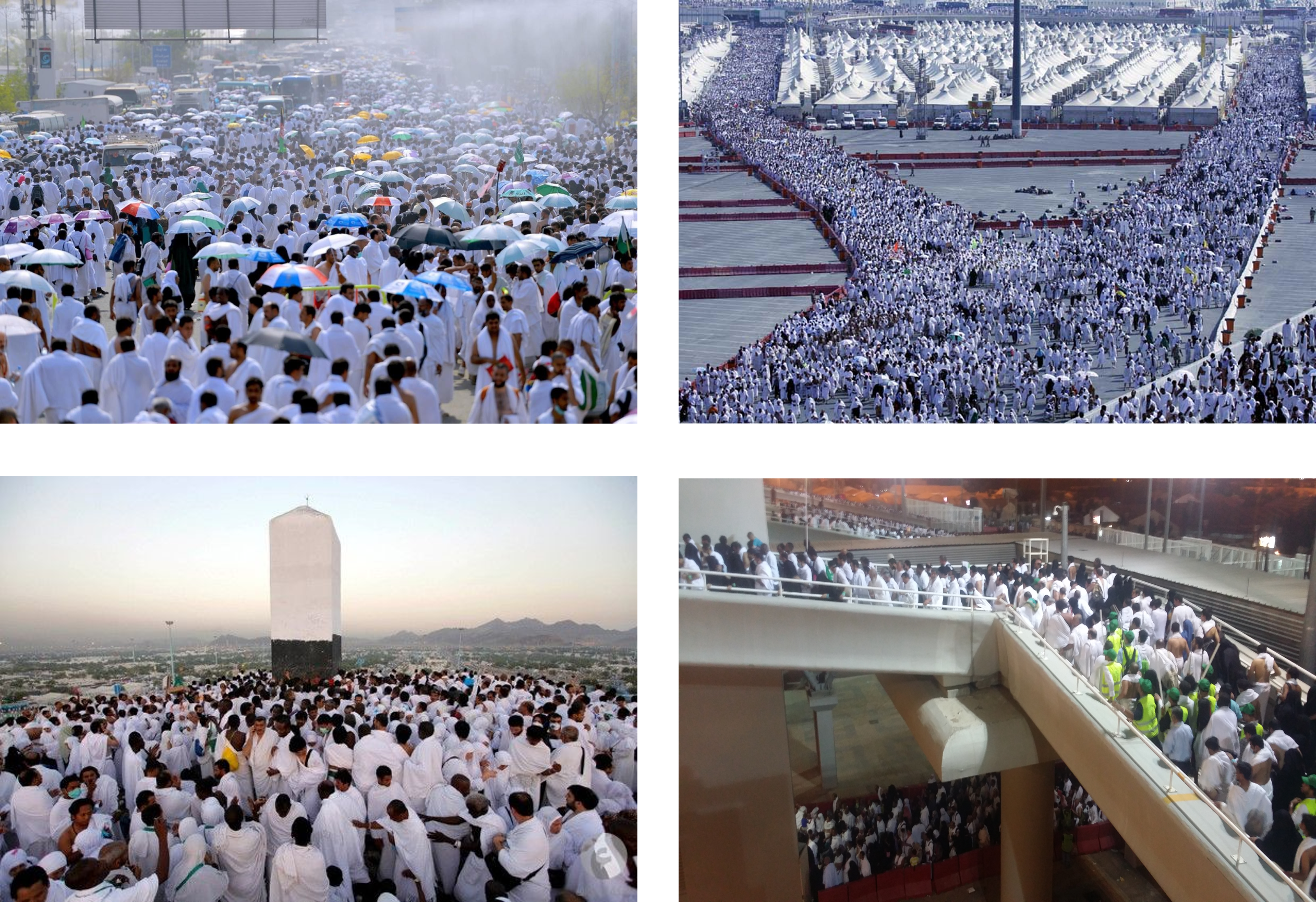

What is crowd science?
A science that combines many theories and sciences, the most important of which are management, engineering and psychology. Crowds gather as a natural phenomenon during major events such as Hajj, Umrah, visitation and other various occasions.
What is crowd management:
Crowd management can be defined as a set of policies, procedures and techniques used in managing public gatherings, through coordination between the parties concerned with the event and responsible for its will and organization, monitoring the numbers of crowds and their management, and benefiting from previous experiences in developing their plans and procedures.
Areas related to crowd management:
There are many fields that are directly and indirectly related to crowd science, the most important of which are:
Engineering fields
It is related to the use of engineering and electronic technologies, starting from design to operation, to facilitate the movement of crowds and prevent interference and congestion from the beginning.
Administrative fields
It relates to the plans and human and non-human resources related to crowd management before, during and after the crowd gathering . Its most important areas are communication management, organization and coordination, and operations management.
Behavioral domains
It is related to understanding the psychological, social, health and cultural nature of individuals and groups that make up crowds and provides solutions that contribute to managing and controlling crowds.
General concepts of crowds (spaces of movement and comfort)
Each person has several spaces.
Private space
Personal space
Social space
Public space
These spaces vary from one culture to another and from one situation to another.
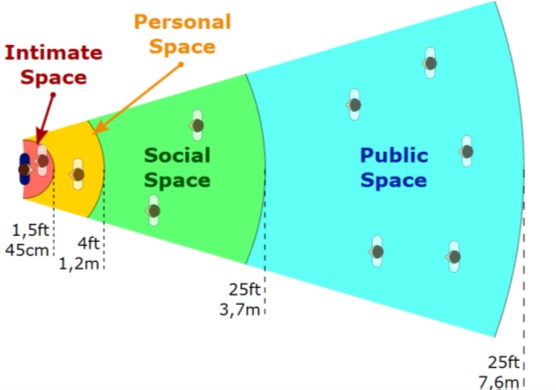

General concepts about crowds (crowd density)
Crowds are not measured by size but by density.
Density = number of people / m2
Types of crowd density
Static when the crowd is standing (4 sh/m2)
Dynamic when the crowd is moving less than (4 sh/m2)
High-density settlements are more vulnerable to human-caused disasters.
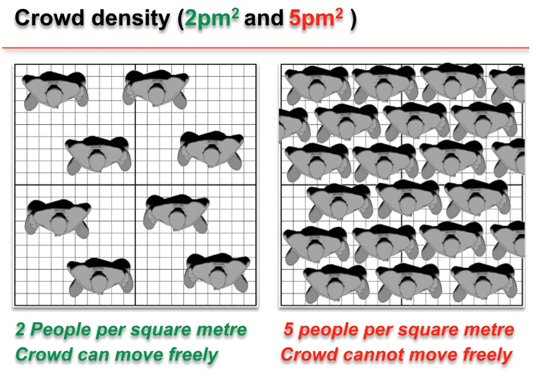

General concepts about crowds (critical density of crowds)
It is the density at which the danger stages for crowds begin.
The flow of traffic decreases when the density is greater than the critical density.
Traffic intensity varies depending on activity and location.
It is estimated at normal rates of 3 people/m2.
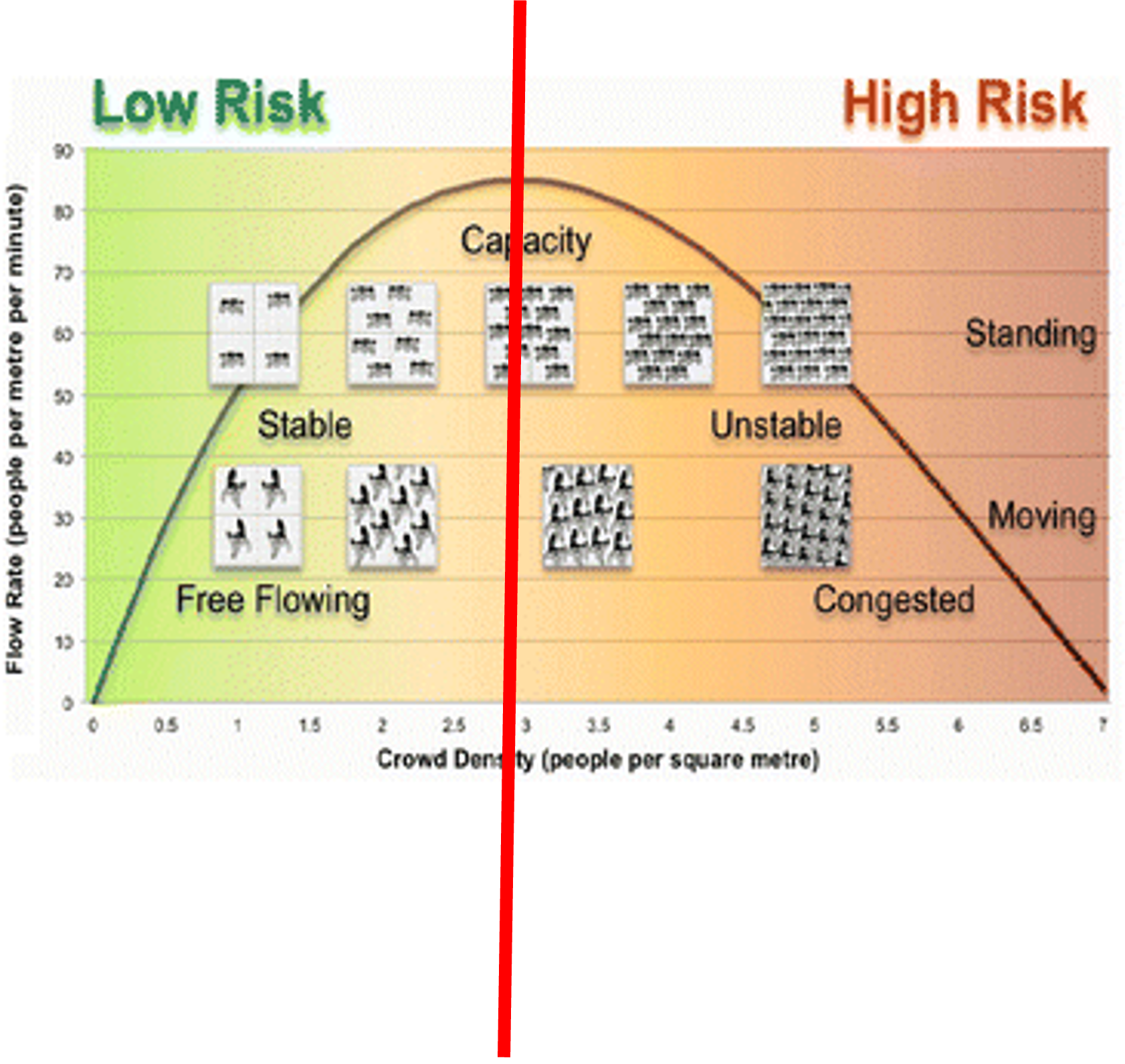

General concepts about crowds (crowds)
Stampede is a type of unruly behavior resulting from the mass rush of a crowd collectively.
Stampede rarely occurs except in cases of mass fear or escape from a specific danger.
Crowd forces resulting from stampede in panic situations
Most human accidents are the result of human ripples, compressor waves or crushing.


Causes of crowd accidents
behavioral disorder
over-enthusiastic
Management glitch
Failure to manage and control the crowd
planning error
Failure to plan leads to failed planning.
design flaw
Risks in facilities from operational energy
Concepts about crowd detection
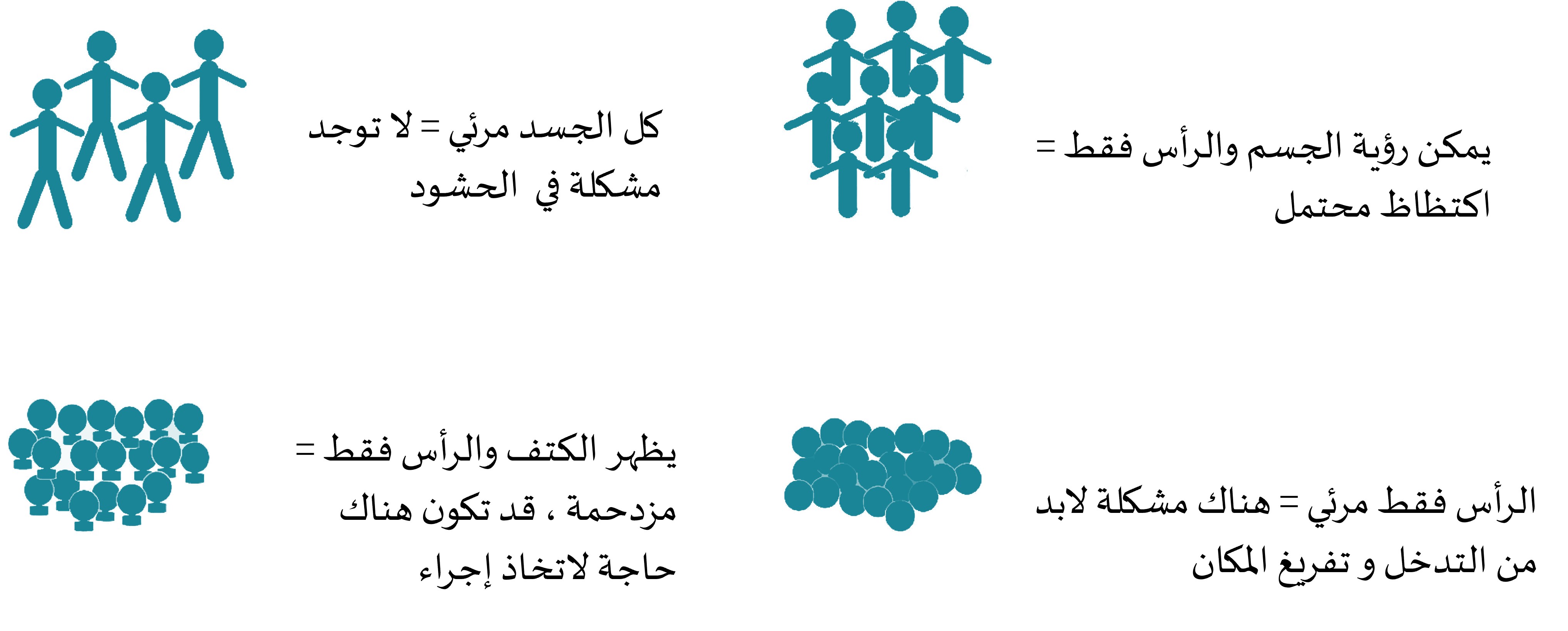

Scientific frameworks for successful crowd management
